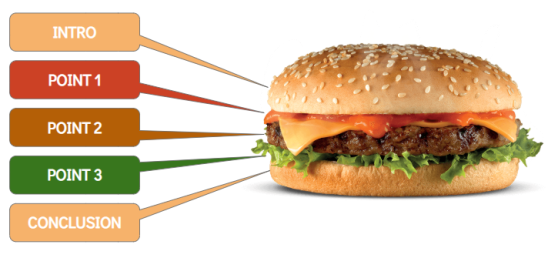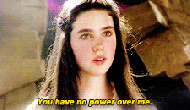
Movie reviews are an easy first step towards professional writing. When I was a magazine editor, I let a lot of first-timers try their hand at movie reviews as a test.
But sadly, I’ve also had to edit a lot of movie reviews that failed to do that one key task every movie review is meant to do: help the reader decide if the movie is worth watching.
However, it’s an easy fix, and you can write a compelling movie review by following three easy steps!
Start from the End
The most important step towards a better movie review is to figure out the key takeaway in your review. It’s like the key argument in an essay; without it, people don’t know what you’re trying to say.
Since you’re probably writing your movie review in a blog, an easy workaround is to scroll down all the way to the bottom of your blogging screen and find the Excerpt section. Most people write this last, but you’re going to write this first.

Most people work their way downwards, so they’ll write their review train-of-thought style, come to this portion, and then ponder for 20 mins trying to summarize the entire incoherent review. By starting from this section instead, you’re challenging yourself to establish the one key takeaway of your review from the get-go.
At it’s simplest form, your review’s key takeaway can be something like: “This movie sucks.” But a more interesting review might have a message like: “The Shining sucks because of its self-indulgent director.”
Think about the movie you just watched, and try to figure out the one big takeaway from it. I promise you, once you know what you want to say, the rest of the review will be more focused and interesting to read.
Here are some examples of key takeaways to get you thinking:
- A supporting actor’s performance saves an otherwise boring movie.
- Insanely good chemistry between lead actors took this rom-com to the next level.
- Immersive visual effects made me feel like I was in another planet.
- Not sure what the buzz is about because this feels just like any other horror movie. Haizz…
- Ben Affleck is the most thought-provoking Batman ever.
Structure your review
Here’s how most movie reviews are structured:

It is like clockwork, even if some of the steps are switched around. Movie reviews tend to follow this template because movie reviewers think they need to cover all the major attributes of the movie or else they might come across as film industry noobs.
But the sad thing is that while these can help a reader grade the various departments of a movie’s production team, they don’t necessarily answer the question: “will I enjoy it?”
So remember that key takeaway in step 1? Take that and roll with it. Structure your review around that takeaway, and set up sub-sections that elaborate pointers which are relevant to the message. Write a conclusion that revisits the key takeaway, so the reader is clear what you want to say.
Again, it’s not unlike the essays you wrote in school.
You should end up with a structure like this:
- Key takeaway
- Supporting point 1
- Supporting point 2
- Supporting point 3
- Conclusion and reiterate key takeaway
If you color-code the content in your review, it will look a bit like a juicy burger with warm soft buns.

Edit it with fresh eyes
The wonderful thing about a structure is it keeps you focused. If you’re trying to say that you enjoyed a movie because it had epic visual effects and a powerful soundtrack, don’t include a paragraph about the supporting actor’s affair with the director – unless your message is about the supporting actor getting more screen-time and better lines than the star.
Undoubtedly, your first draft will have plenty of these off-topic tangents and you will feel pretty proud of the punchlines or the tabloid research you put into them. So don’t do anything about them now.

But take a look again the next day, when the novelty wears off. Is it still an entertaining paragraph with wit that rivals a Shakespearean sonnet, or maybe you just want to quickly put on your pants and sneak out of the room before it wakes up?*
Edit, edit, edit. Edit all of that crap out. If it doesn’t serve the message, it doesn’t belong.
Remember: you’re writing to help someone decide if they want to watch a movie, not so you can show off.
Stay on target, and you’ll be fine
That’s it. Three simple steps to a better movie review. If you figure out your message, and you stick to the point, you’ll already write a movie review that is better than most of the stuff floating on the Internet.
If you have any good tips of your own, share them in the comments below, thanks!
Good luck!
If you’re interested in writing for magazines, I’ve got some advice in this other post.
*Here’s an example of something that can be edited down the morning after.
Share this with your friends!





 So no, I’m not going to feel bad today. You don’t get to do that to me, because you’re nobody. You’re not even the Goblin King.
So no, I’m not going to feel bad today. You don’t get to do that to me, because you’re nobody. You’re not even the Goblin King.



















